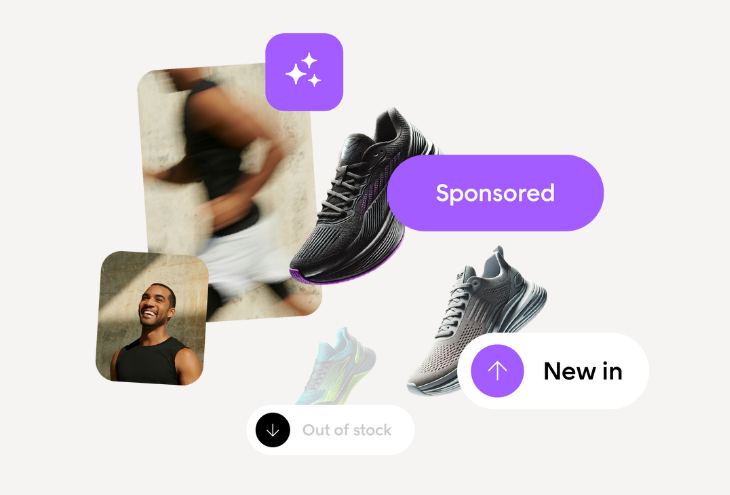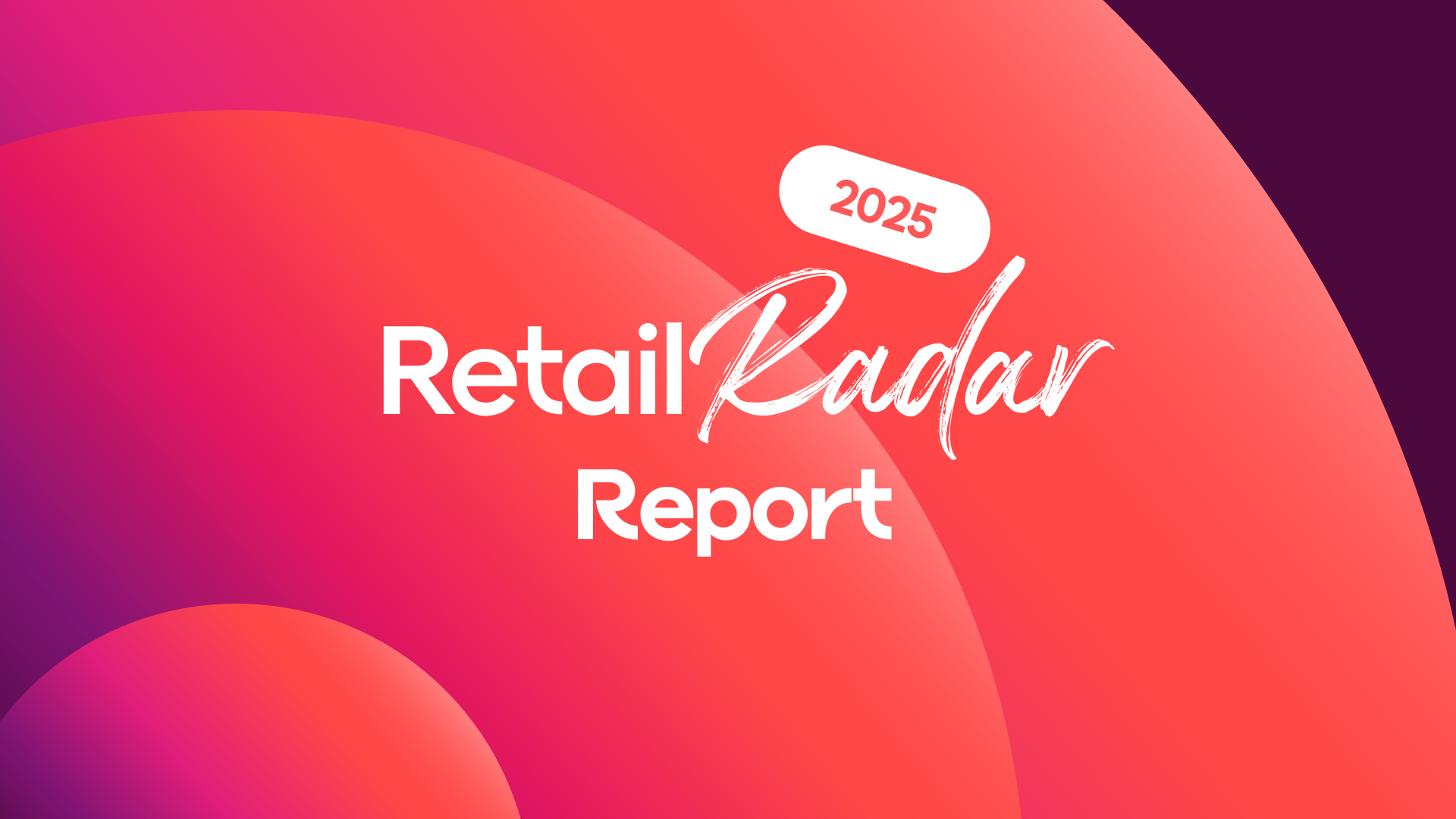1. No clear strategy
This might seem obvious, yet it happens a lot, across all industries. Getting a clear strategy in place is a big task that requires cooperation on every level: clear guidance and expectations from upper management is key, followed by making sure everyone on the organization understands how their team is working towards the strategy. If you align on a clear customer engagement strategy, success is in your sights!
2. Working in silos
Cooperation is vital—the e-commerce team must work together with the CX, CRM, customer support and the marketing team, the product team needs to talk to the sales team and so on. Cooperation should be part of the customer experience as well—in-store staff need to be aware of online campaigns as well as membership offers—so that in-store customers are given the right information. A customer data platform brings all data together from both online and in-store touchpoints, so that smoother omnichannel experiences are a breeze.

3. Not tracking results
Retailers that don’t track the results of automations, larger campaigns, and email and SMS communication, are missing out. Tracking and analyzing sales data, e-com traffic, and customer behavior is essential. The risk of losing valuable insights that could help improve business is high. Retailers should use a customer experience platform to track and analyze key metrics, across all channels, and use the insights gained to make data-driven decisions.
4. Not following through with testing
Retailers know that they should A/B test and use control groups. Knowing what works and what doesn’t can really improve engagement and conversion. That said, testing is a commitment that requires a lot of follow-up and tweaking along the way, something that is just as important as setting the tests up in the first place.
“By testing and continuously adapting the tests, open rates have gone up hugely, engagement has become much higher, and the sales numbers have increased. In our onboarding communication test, the customers that receive a benefit reminder email in the automation generate 66% more revenue than the customers that receive an email with an offer!”
– Laufey Lúðvíksdóttir, CRM and Loyalty Specialist at By Malene Birger
5. Lack of customer focus
It’s simple: retailers who don’t focus on their customers’ needs and preferences risk losing business to competitors who do. By taking the time to understand your customers, and tailoring products and services accordingly, you can set yourself apart from competitors. Taking this a step further and customizing the customer experience by showing the right products at the right time will both satisfy and inspire your customers.
For example, if your site search data shows that people on your site are suddenly searching for floral patterns, why not run a promotion on items to those customers? Investing in an automated AI engine that understands your customers’ intentions and gives hyper relevant recommendations can create much more relevant experiences for your customers.
Don’t be a customer engagement lemming!
Now that you know which mistakes to avoid, are you inspired to get your customer engagement on point? Perhaps your organization has fallen into some of these traps in the past. Reflect on your own experiences and consider how your brand can avoid these mistakes going forward.
If you want to know more about how to engage your customers, including a framework based on success stories from 300+ brands across Europe, get the full guide.
 Voyado Engage
Voyado Engage  Voyado Elevate
Voyado Elevate  Powered by Bonnie AI
Powered by Bonnie AI 











